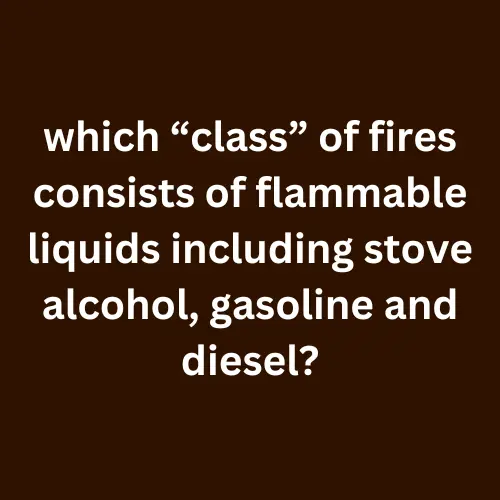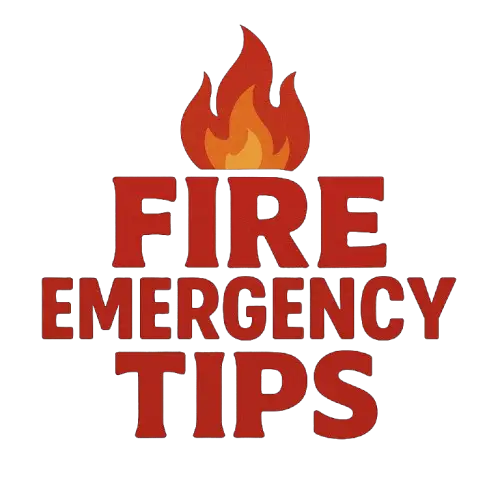
This post tries to answer this question that most people ask, “which “class” of fires consists of flammable liquids including stove alcohol, gasoline and diesel?”
Some people also ask the same question, “class “b” fire extinguishers are best suited to fight what kind of fires?”
Read on to get to understand more about the questions that I have posted above and the categories that they belong.
Flammable liquids such as stove alcohol, gasoline, and diesel pose a significant risk in various environments, including industrial facilities, manufacturing plants, laboratories, and garages. Fires caused by these liquids fall under the Class B category.
Causes and Characteristics of Class B Fires
Class B fires can occur due to sparks, static electricity, hot surfaces, and open flames. These fires spread rapidly, especially when the flammable liquid is in a container or confined space. Heat from the fire causes the liquid to vaporize, creating a flammable gas that can ignite and cause an explosion.
Fire Suppression Equipment and Procedures
It is crucial to have appropriate fire suppression equipment and procedures in place to prevent and control Class B fires. The most common type of fire extinguisher used for Class B fires is the foam extinguisher.
Foam extinguishers create a barrier between the flammable liquid and oxygen, smothering the fire and preventing it from spreading. They are effective for both surface fires and fires in containers.
Dry chemical extinguishers are another type of extinguisher that can be used for Class B fires. They work by interrupting the chemical reaction that fuels the fire and are effective for most types of flammable liquids, including gasoline and diesel fuel.
Other fire suppression methods that may be used for Class B fires include sprinkler systems, foam suppression systems, and carbon dioxide (CO2) systems. The appropriate method will depend on the specific situation and the type of facility involved.
Risks to Emergency Responders
Class B fires can pose a significant risk to firefighters and other emergency responders. When responding to a Class B fire, it is essential that responders wear appropriate personal protective equipment, including fire-resistant clothing, self-contained breathing apparatus, and eye protection.
Conclusion
In conclusion, Class B fires pose a significant risk in many environments and can be caused by a variety of sources. Proper fire suppression equipment and procedures, including the use of appropriate fire extinguishers, can help prevent and control these types of fires.
It is important to have a plan in place and to train employees on how to respond to a Class B fire in order to minimize risk and ensure the safety of everyone involved.
